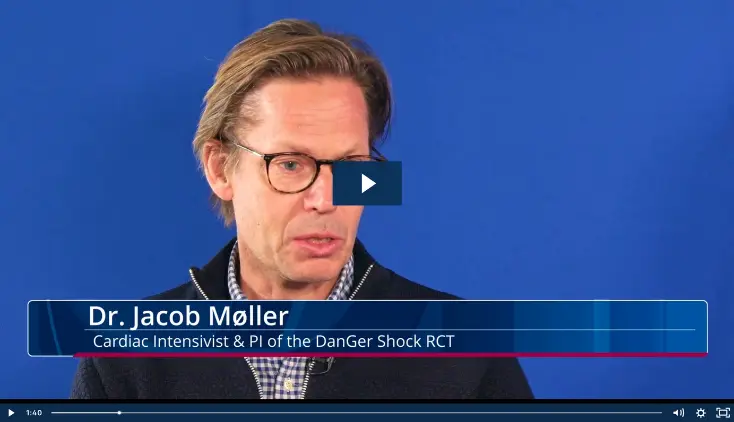Patient Identification, Protected PCI
Bill O’Neill: High-Risk PCI and Use of MCS
William O’Neill, MD, MSCAI, defines high-risk PCI and explains how to decide when to use mechanical circulatory support (MCS) in this short interview with Ali Almedhychy from Abiomed. Dr. O’Neill is an internationally recognized leader in interventional cardiology and structural heart disease at Henry Ford Hospital in Detroit, Michigan.
Dr. O’Neill explains that elective percutaneous coronary intervention (PCI) procedures have a very low mortality rate (<1% reported for in-hospital outcomes).“So operators are phenomenally good at doing patients that don’t have a high risk.”
High-risk patients, he explains, are patients with three main high-risk features: adverse hemodynamics, complex coronary anatomy, and comorbidities. These patients may have left ventricular ejection fraction (LVEF) less than 30%, high left ventricular end-diastolic pressure (LVEDP), extensive coronary disease with complex lesions, high SYNTAX score (>33) and comorbidities such as severe lung disease or severe renal insufficiency. Dr. O’Neill states that in the catheter-based ventricular assist device (cVAD) registry, the vast majority of patients had one or more of these high-risk characteristics.
Dr. O’Neill explains that the decision to use MCS in a procedure involves looking at clinical or lesion characteristics that could cause hemodynamic compromise if there is an unfavorable complication during the procedure. “An example would be an unproteccted left main lesion. If you have a bad dissection in that, the patients are going to get hemodynamically compromised. And what we’ve found in cVAD is that using the Impella® prophylactially is a huge safety advantage. If you wait until the patient has a problem and then you have to crash on Impella, the mortality rate is extremely high.”
Dr. O’Neill also addresses confusion about “CHIP,” or complex and high-risk invervention in indicated patients. “So if you have one lesion that’s very complex but the ventricular function is well preserved, you really don’t need hemodynamic support for that patient. It’s the patients that have poor ventricular function, extensive multivessel coronary disease and working on arteries that [are] subtending a large amount of the viable myocardium. That’s kind of the characteristics that define these patients where hemodynamic support is indicated.”
NPS-3954


